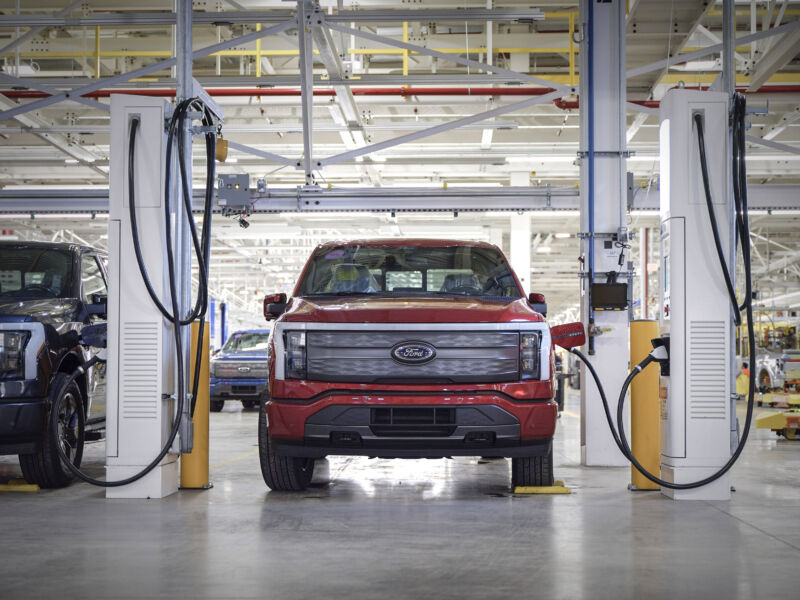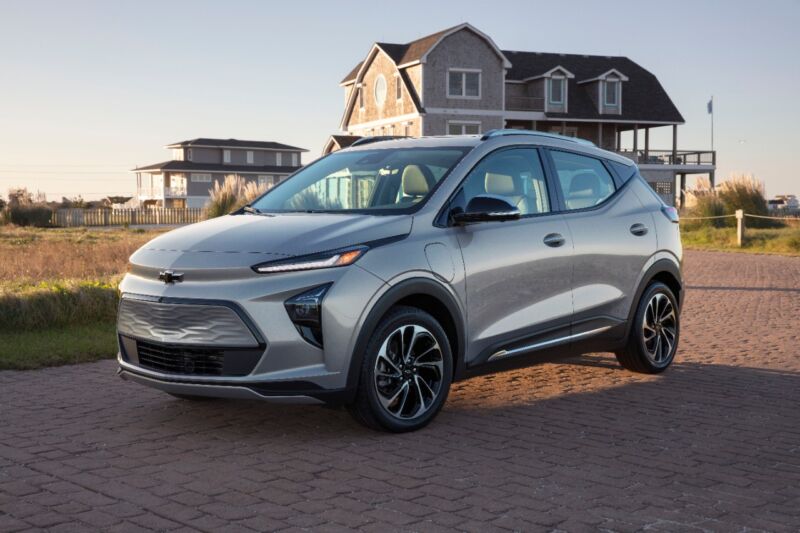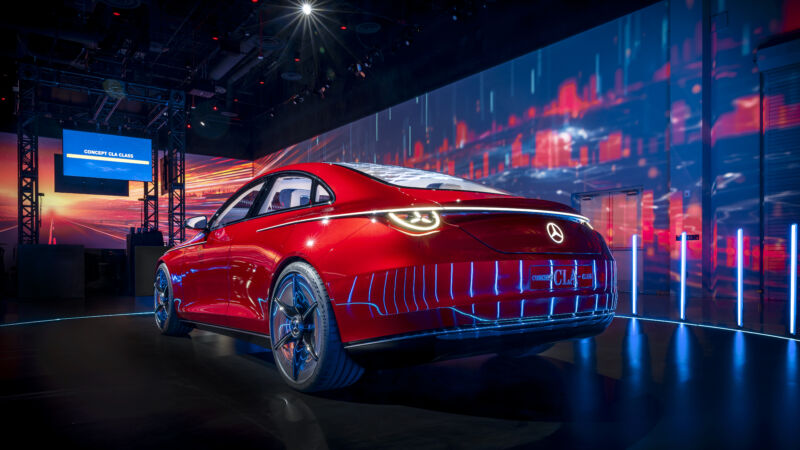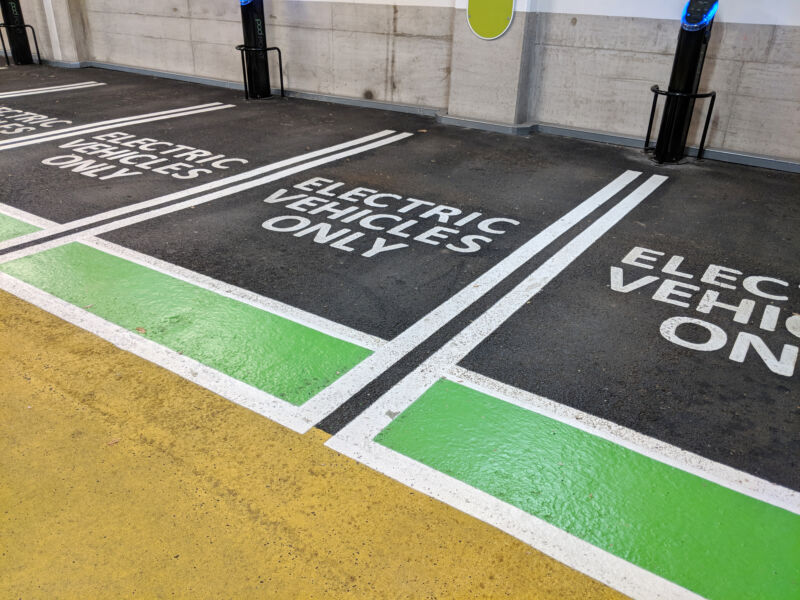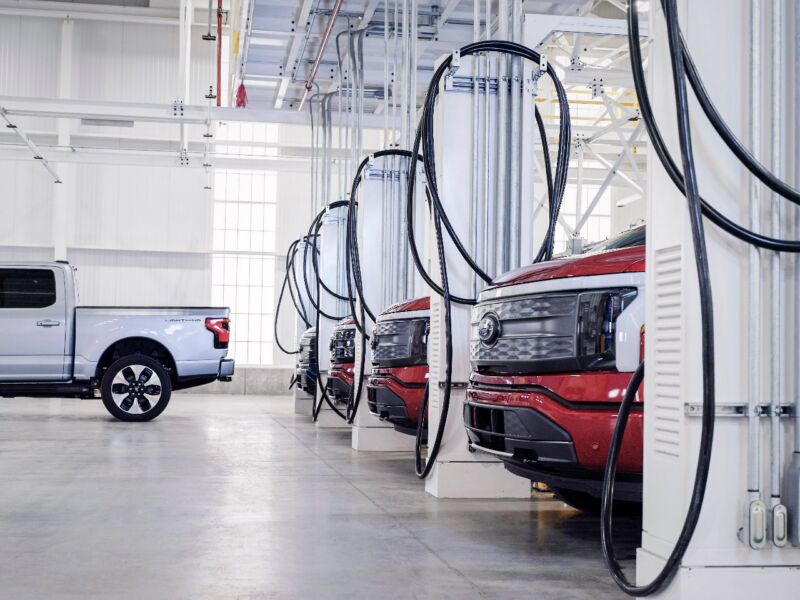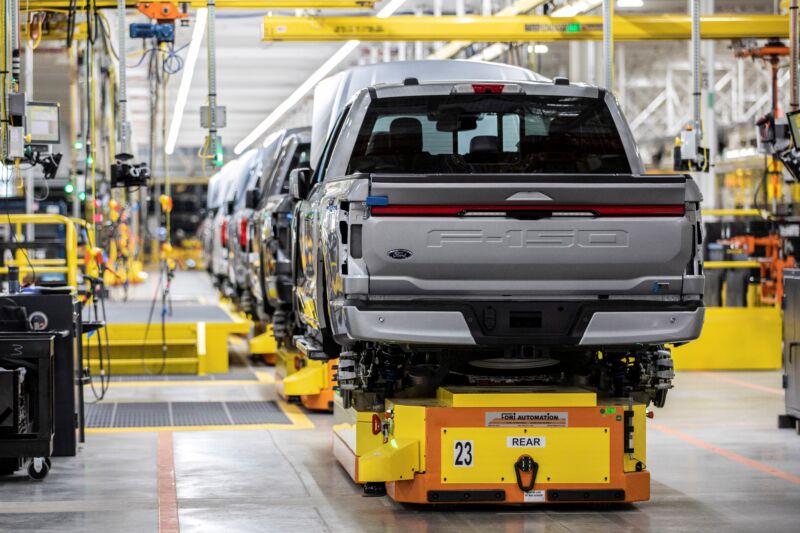-
 chevron_right
chevron_right
EV prices drop up to 20% as new and used inventory surges
news.movim.eu / ArsTechnica · Thursday, 11 April - 15:58

Enlarge (credit: Getty Images)
Among the many things upended by the pandemic was the traditional American car-buying experience. Factories were idled to safeguard public health, then supply chains broke down and the chip shortage took hold . Dealer inventories dried up, and hefty markups became the norm , causing new car prices to skyrocket. Those days are over, with inventory growing and both new and used prices dropping, particularly for electric vehicles, according to a new study from the digital marketplace cars.com .
Although automakers like Ford and General Motors have scaled back their EV ambitions, with a chorus of complaining car dealers in the background, it looks like increasing numbers of US car buyers are considering going electric.
Searches for new EVs on cars.com were up 14.9 percent year-on-year (14.7 percent month-on-month). And there are many more cars for buyers to pick from, with 107.7 percent more inventory than in March 2023 (or 8.8 percent more than this February). Those EVs are hanging around on lots longer than dealers might like, with an average of 91 days of inventory—the industry prefers to keep less than 60 days of inventory on hand and averaged 65 days for March 2024.

